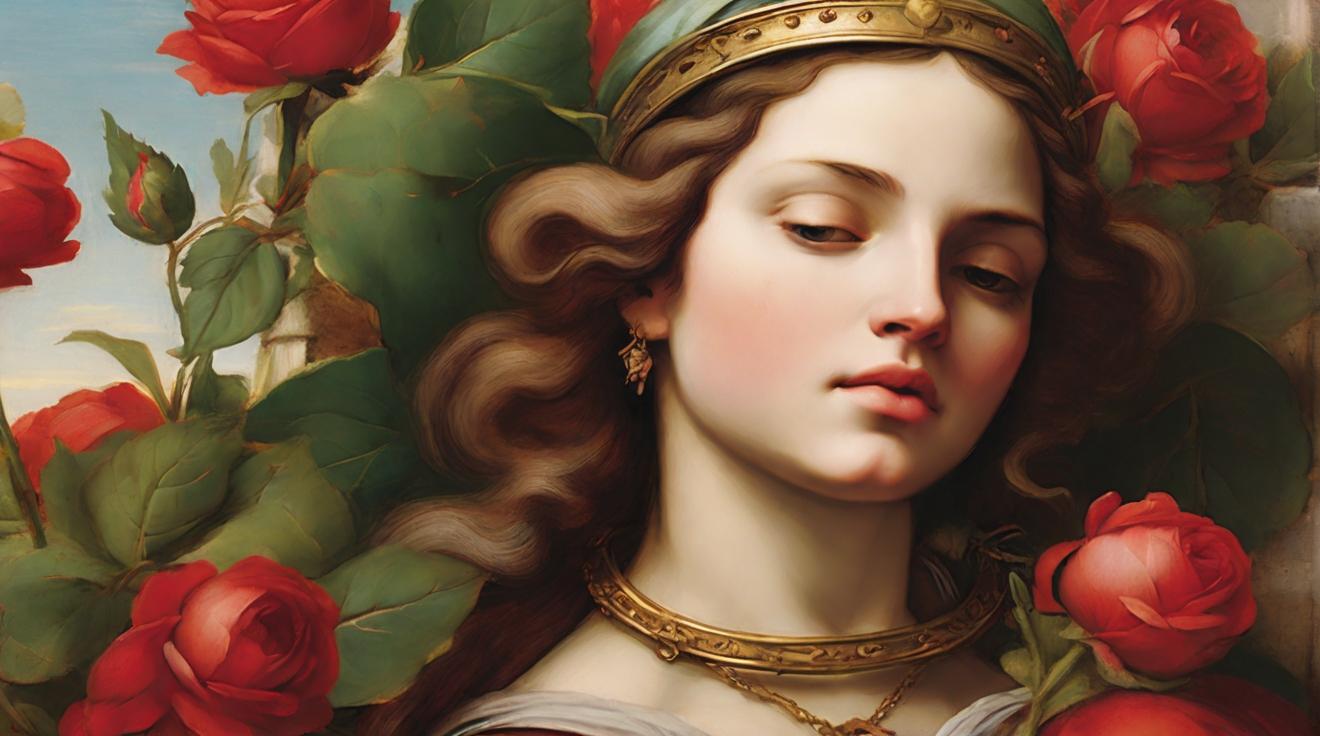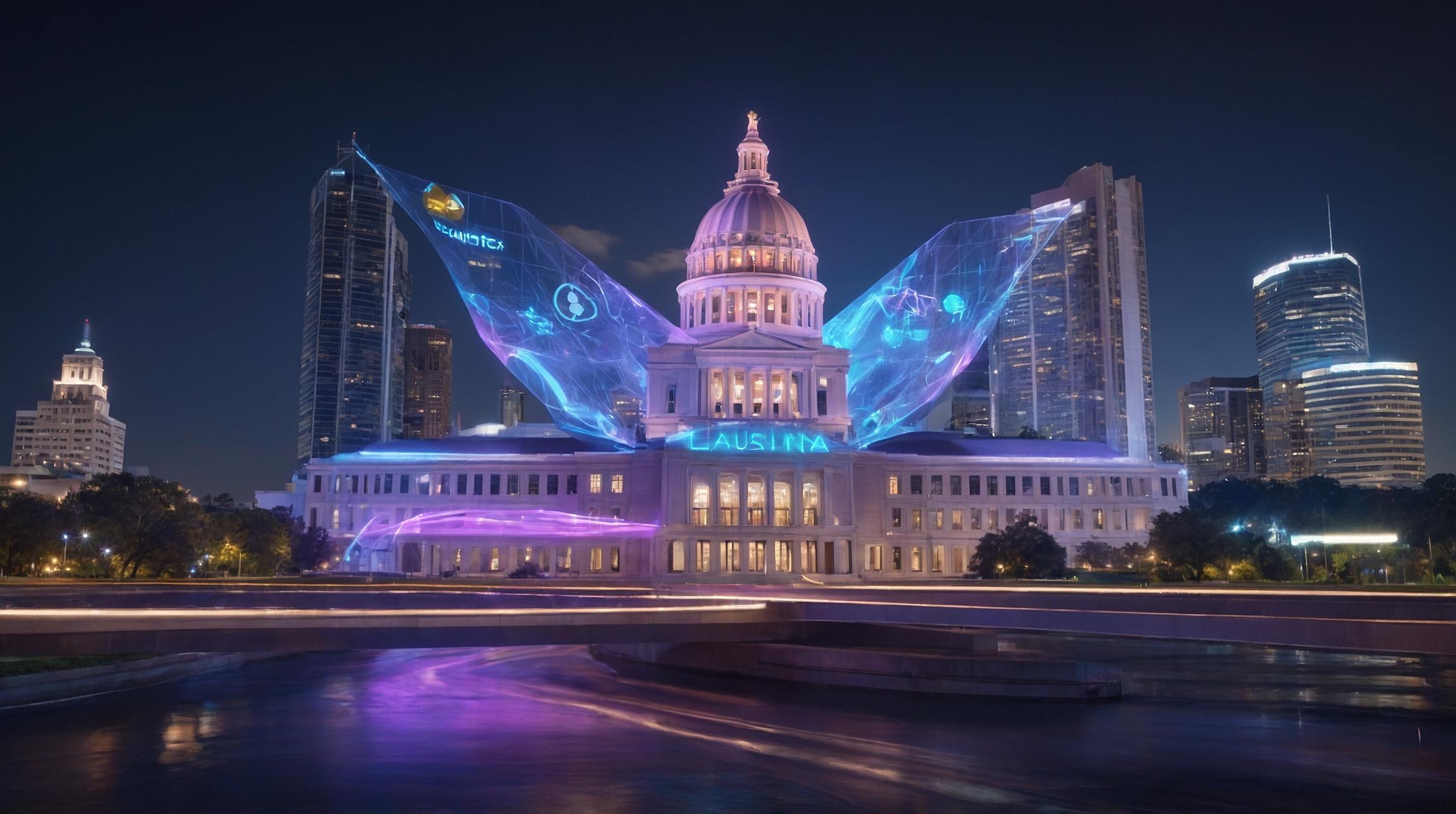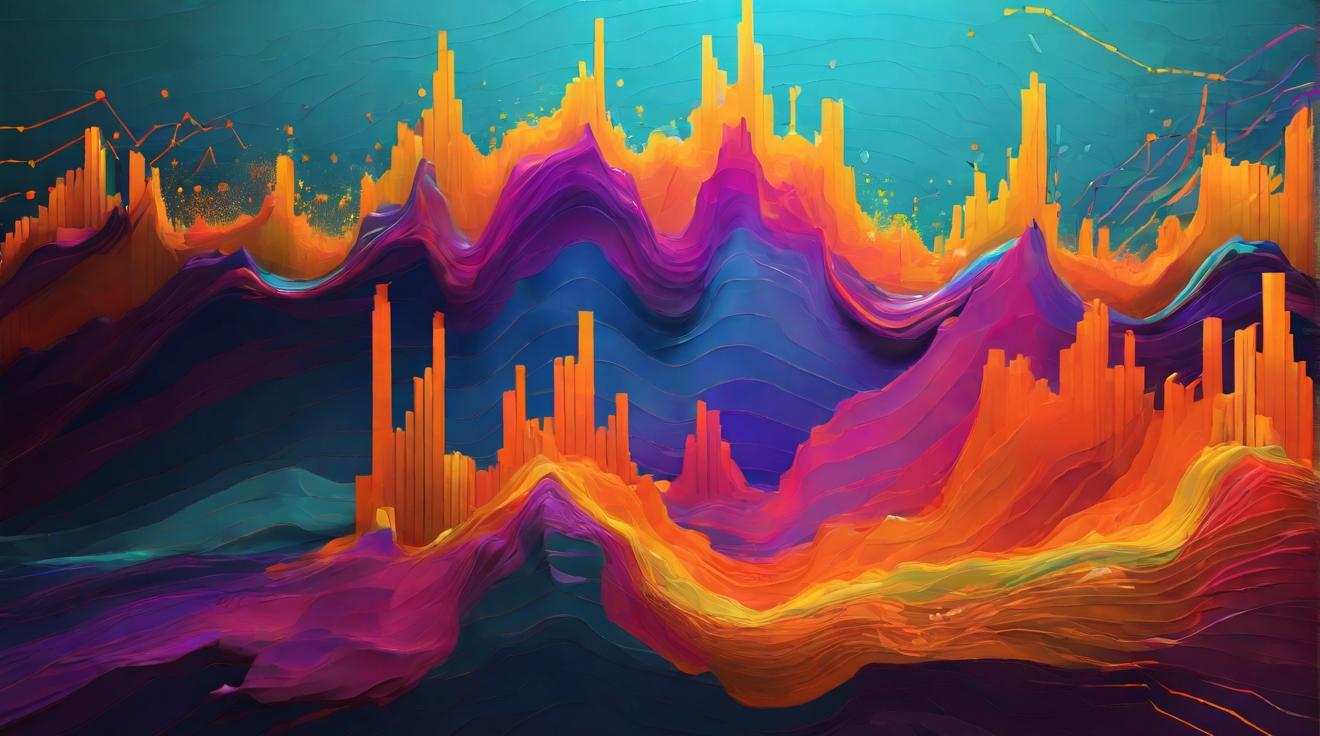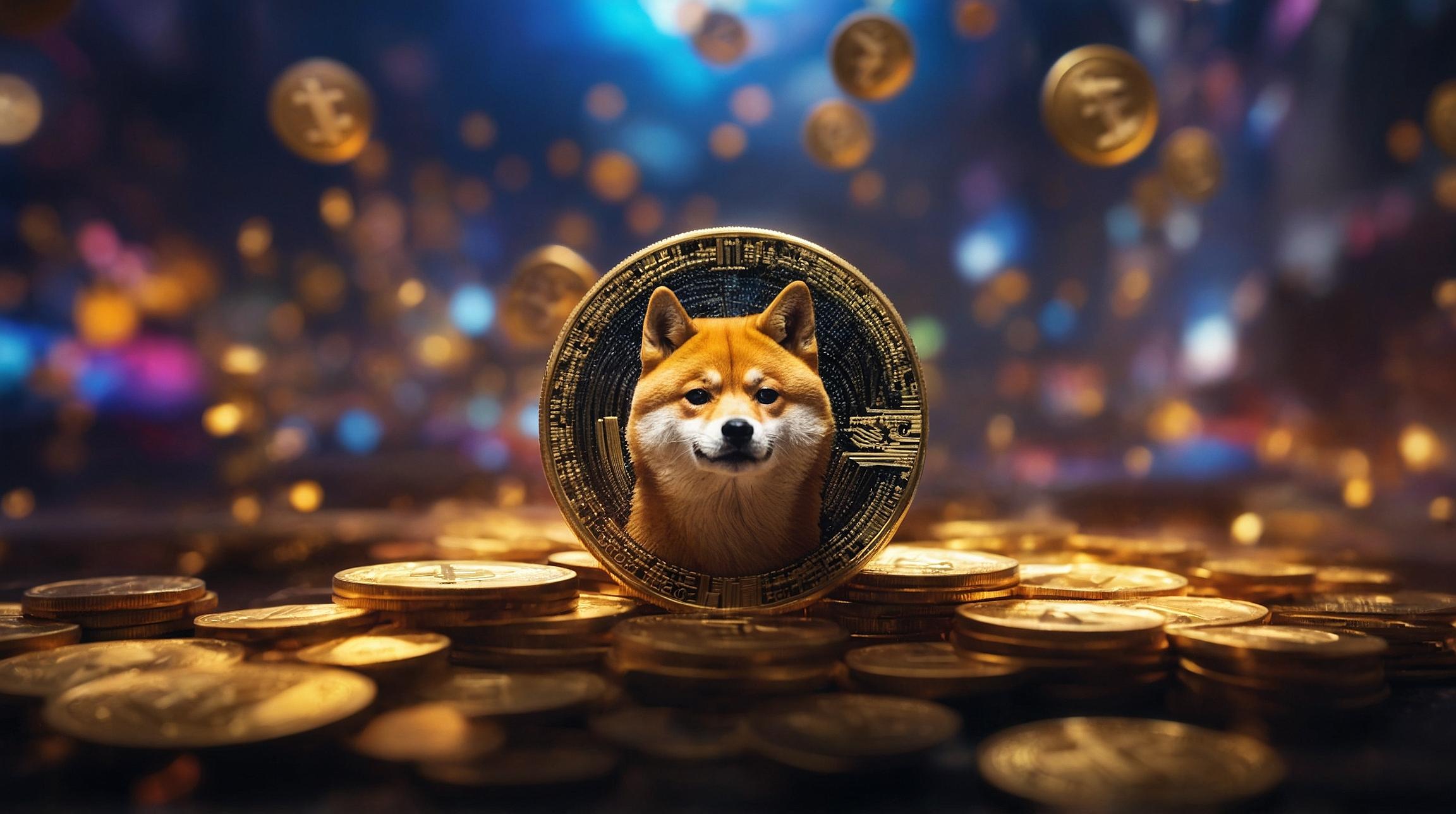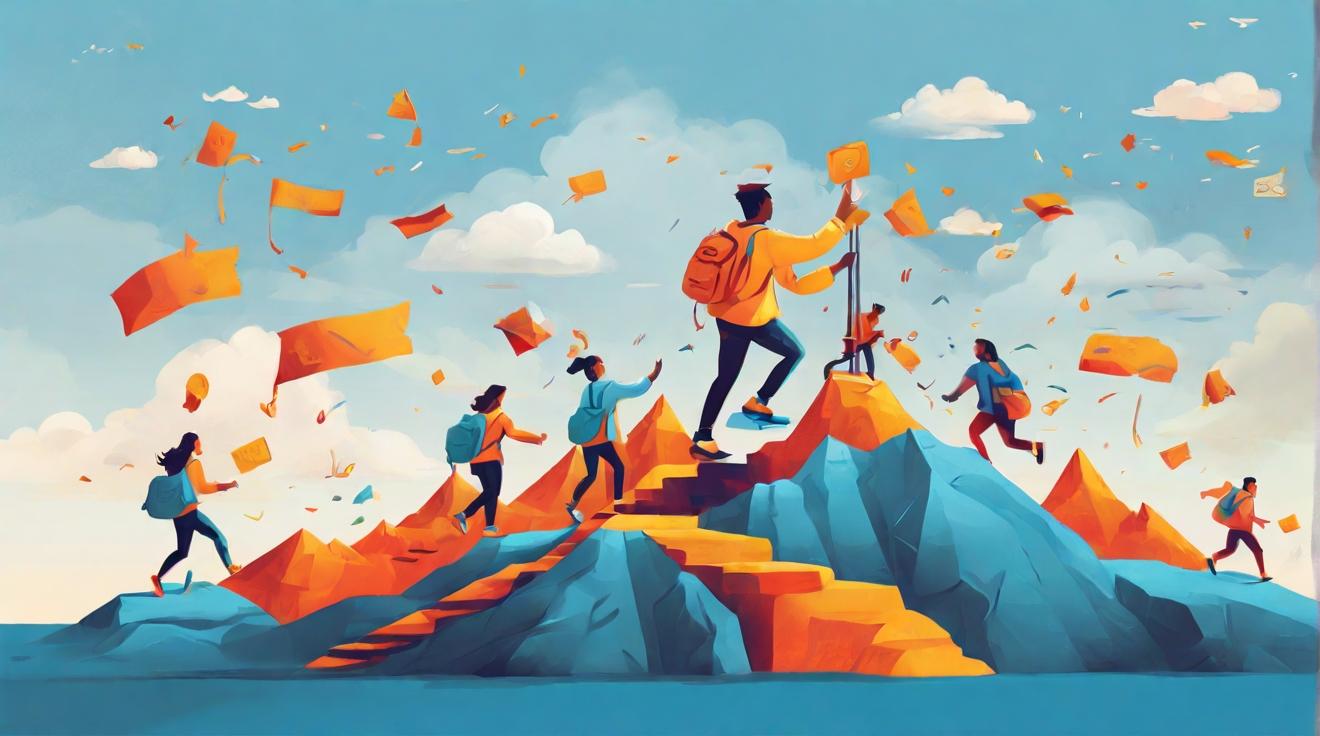AI Revolutionizes Art Authentication with Remarkable Discovery in Raphael's Painting
In a groundbreaking analysis, artificial intelligence (AI) has brought about a significant breakthrough in the study of Raphael's artwork. Utilizing advanced AI neural networks, researchers have unveiled an unexpected anomaly in the Madonna della Rosa, attributing a face believed to be painted by Raphael himself to potentially another artist. This discovery adds a new layer to the debate surrounding the painting's authenticity, long questioned by scholars and art enthusiasts alike.
AI's Role in Unraveling Art Mysteries
The collaborative effort, led by a team of researchers from the UK and US, employed deep feature analysis through a bespoke AI analysis algorithm. By feeding the system a wide array of authenticated works by Raphael, the AI was trained to discern the master's signature techniques – from distinctive brushstrokes and color palette to shading methods. Based on an architecture developed by Microsoft, known as ResNet50, and paired with a Support Vector Machine – a notable machine learning technique – this approach reached a commendable 98% accuracy rate in recognizing Raphael's unique style.
A Fresh Perspective on the Madonna della Rosa
The AI's meticulous examination shed light on the inconsistency with the face of St Joseph, contrasting starkly against the conforming styles of the Madonna, the Child, and St John. This finding has reignited discussions around the painting's creation, believes to occur between 1518 and 1520, and the potential contribution of Giulio Romano, one of Raphael's esteemed pupils. While it paves the way for new interpretations of the Madonna della Rosa, attributing the work solely to Romano remains a subject for further inquiry.
The Intersection of Technology and Tradition in Art Authentication
This innovative use of AI in art history not only highlights AI's capability in refining the art authentication process but also complements existing traditional methods. As emphasized by the research team, AI serves as a powerful tool for art experts, enhancing the depth of scrutiny artworks undergo to ascertain their provenance and authenticity. Despite these technological advancements, the indispensable role of human expertise remains at the heart of deciphering art's most enduring mysteries.
As AI continues to evolve, its applications within the realm of art history and authentication open new doors for understanding and appreciating the intricacies of historical artworks. This intersection of technology and tradition underscores the potential of AI to contribute meaningfully to the art world, fostering a more nuanced exploration of art's origins and the stories behind each brushstroke.
Analyst comment
The news can be evaluated as positive as it introduces a groundbreaking analysis in art authentication using AI. The discovery of an unexpected anomaly in Raphael’s Madonna della Rosa painting adds a new layer to the debate surrounding its authenticity. As an analyst, this breakthrough is likely to lead to further inquiry and discussion regarding the painting’s creation and the potential contribution of Giulio Romano, one of Raphael’s students. The use of AI in art authentication complements traditional methods, enhancing the depth of scrutiny in determining provenance and authenticity. The continued evolution of AI in art history and authentication opens new doors for understanding historical artworks and contributes meaningfully to the art world.





